2015: Our day program at UCLA for the Luskin Academy High School is now called the Shadow Day at UCLA.
History
Ivo Welch, April 2012A Day at Your University
An appeal to my fellow professors to start outreach programs to local underperforming high schools
Background
In mid-2009, I met Paul Williams at a reception for minority children at the Wheeler School. Paul turned out to be an official at the Rhode Island Department of Education, We ended up talking about the fourth season of The Wire (Season 4), in which education is the depressing focus. Remarkably, Hope High School, an academic perennially underperforming school turns out to be right next to Brown University. So, I asked Paul what I could do to help. Paul knew Arthur Petrosinelli, the then-co-principal of Hope High, who he described as someone who really cares about the children. So, Paul arranged an appointment.
During our meeting with Arthur, Paul and I asked what we could do to help. Paul volunteered that a "forced" one-day visit during his teenage years with his basketball coach to a local university turned his life around. He realized that he could hack college. Funnily enough, Arthur had a similar experience. On reflection, it became clear that this sort of experience seems to apply to many other successful individuals who escaped poor backgrounds with low college attendance rates.
For most Hope High school students, Brown University could as well have been on the moon. They had never been inside Brown University, much less a Brown classroom—and yet they walked by Brown buildings every day. Worse, most of them did not know personally any individual who had gone to college! (In contrast, I know few who have not. This just drove home how lucky I was and how lucky my own children are.)
Pretty much on the spot, we decided that we should start a program that teams up Hope High students with Brown students for one day. The idea was for the Hope High students to find out that college is the place that they really want to be—and a place where they could imagine themselves being at.
The plan we settled on was for me to take charge of finding the Brown students, paying for meals, and making arrangements in case any crises were to arise during the day. Arthur and Sean Geoghegan (a talented young math teacher, who, like Arthur himself, cared about the children first, and who was brought in by Arthur) took care of recruiting the right Hope High students and making sure we did not break too many rules too badly. Our plan was to invite Hope High kids that we could still motivate to direct themselves for college—the kids on the margin, not the ones who were already clearly planning to go to college or those clearly not going to college.
The Program Itself
Our program, later named A Day at Brown turned out to be a wild success. Our Hope High students were thrilled to be guests. It was also easy to recruit Brown student as hosts. The imposition on their time was modest. They had to spend one day bringing along one kid, just a few years younger than themselves, and explaining to them what it means to be a college student. Many of our college students even chose to take the Hope High kids to classes that they did not themselves enroll in, but that they hoped the Hope High kids were interested in. Plainly, the Brown students enjoyed the day almost as much as the Hope High students.
We tried to match up college students with high-school students with similar interests (and sometimes similar backgrounds). For example, we teamed up some of the tougher Hope High kids with some of our football players. Again, the idea was to foster in the Hope High kids the idea that they could well be the College kids in 2-3 years, and having similar backgrounds helps.
We wanted the Hope High students to see that college is where the fun is. This included not only the educational experience but also the social experience! The one-on-one aspect, matching one college student and one high school student, for personal contact is also important.
Although we did not do formal evaluation of the program, informal evaluation suggests that it made a big difference in our Hope High kids' lives. Many of them talked for months about how they found the university and the classes they attended to be exciting, and how they now wanted to go to college themselves.
Of course, initiatives like this can be fleeting. Nothing is permanent in this world. Students move on. Teachers move on. Professors move on. Principals move on. Yet, even if they all do, and the program ceases, having made a difference in just a few kids' lives is good enough.
An important aspect of the program is its cost-benefit ratio. It cannot solve all education ills, but it can make a difference in some kids' lives at very little cost to the university and the participants.
Another important aspect is the one-on-one nature. It's not just a tour bus visit. It is the link with an existing student, who is willing to talk to them and take them around.
Advice to Others
From one professor to another: Please start your own such program. It is not much work. It makes a difference in many kids' lives, possibly a life-changing one in a few.
You need very few ingredients. Only three are really critical:
- a principal at the High School who cares about the kids;
- a teacher at the High School who cares about the kids;
- and you.
The order of business for starting the program is simple:
- Identify a suitable high school. Sadly, there are so many high schools in trouble, your choice will be large. The critical aspect is finding one with a principal who cares above and beyond the call of duty.
- Meet with the principal. Explain what you want to do and that it has worked elsewhere. (Perhaps point them to this web page.) Make it real plain that there are no costs to the High School and that (s)he should only do it if (s)he is enthusiastic. Let the principal decide on the right day (often, a day in the 2nd week of the college term is good for academic reasons); the best time (morning to evening, preferably allow for a joint dinner with students); the right students (usually 10th graders), and the transportation (if needed; you should pay for it, though!). Ask the principal to hook you up with the teacher on their end who will be put in charge of identifying the right kids, and who you can call if you need to coordinate.
- Go visit a few large classrooms at your university to announce the program and ask for college student volunteers. (I usually pass around a sign-up sheet.) Your best targets are sophomores. They are still close enough in age to the High School students but know the ropes of the university.
- Find a competent staff person (or center) that helps you administer the coordination and many small details of the program that will inevitably creep up.
- Spend an hour with the teacher to try to figure out which kids are likely to fit well together. This should include both background and academic interest.
- Start the first run of the program small. 10-20 kids only. See how it goes. Don't babysit the teams. The whole idea is for the kids to experience the independence of college life. If you want, you can give them a short 10 minute speech at the start of the day and another at the end of the day. Ask the high school kids to write a 1-2 page description of their experience a week later to help you understand what has worked and what has not worked.
That's it. Try it once. If it fails, don't repeat it. If it works, repeat and scale. Eventually, you should probably also inform the higher-up administration at your university. They should welcome such a program, especially once they find out that it has already worked, so the 682 possible objection that individuals in committees may raise can be easier dealt with.
Where We Are At Brown/Hope High
As of 2012, Paul Williams is still doing the good work as a Rhode Island Department of Education as a Career and Technical Education Specialist. Sean Geoghegan is still doing the good work as a math teacher at Hope. But Arthur Petrosinelli moved on. He is now the Assistant Superintendent for Curriculum & Instruction for the Johnston (RI) School Department I moved on. I am now a professor at UCLA.
Fortunately, we rolled the administration of the Day at Brown program into the Commerce, Organizations, Entrepreneurship program at Brown (of which I was the head for a few years). Christine Sprovieri and Maria Carkovic ran/run Brown's side of the program. Thus, the "Day at Brown" program has taken a life of itself and survived Arthur and my departure. However, it is not clear for how long this will be the case. (Of course, I hope forever.)
(long pdf with a little more history)
| Arthur Petrosinelli | Sean Geoghegan | Paul Williams |
|---|---|---|
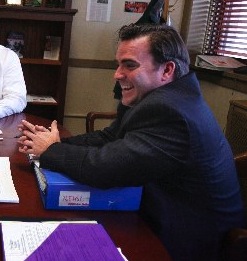 |
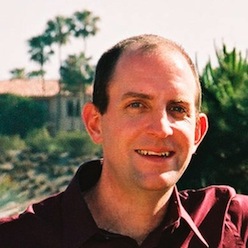 |
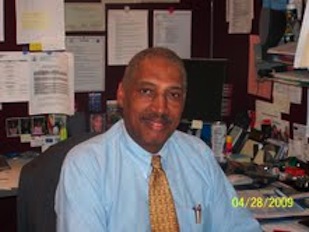 |
| Christine Sprovieri | Maria Carkovic | |
 |
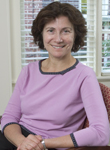 |
Our Current UCLA Program: The Riordan Shadow Program
See also our (then "https://www.facebook.com/RiordanShadowProgram?ref=hl") Facebook page.
Here at UCLA, we just started our "Day at UCLA" program, now called the Riordan Shadow program. It is now run by run by Roxanne Mendez (then also Zyshia Williams). Meyer Luskin provides some financial support. (Meyer is a great Mensch, just as to Bill Ouchi.)
Our first adopted high school is Luskin Academic (formerly Crenshaw High) where Rosalio Medrano is the (great) principal. He cares. The school started low but is improving. I have great hopes for our program there. Our first trial run was on April 20, 2012. Our second run is scheduled for October 9. Subsequent programs will be on Jan 22, 2013 and April 16, 2013.
| Roxanne Mendez | Zyshia Williams |
|---|---|
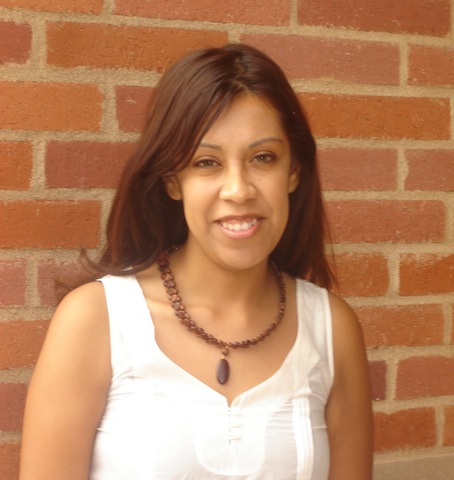 |
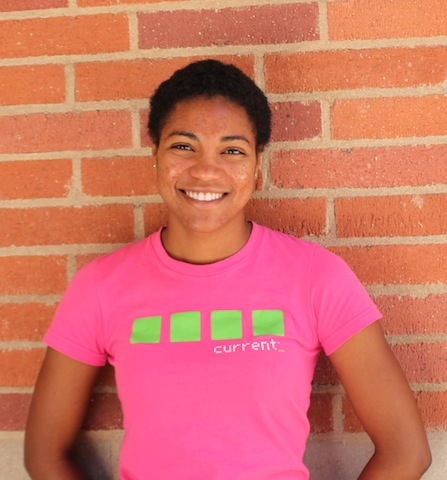 |
Where do I go?
As for me personally, I am trying to help where I can do this best. I think this means helping out where I can here at UCLA (when called upon by Alex, who is my de-facto employer in this program now); helping the kids at Crenshaw in other ways (thinking about buying and donating computers); and evangelizing for "day-at-the-university" programs elsewhere. Just starting this now...
(PS: If you start such a program, please send me an email. If you need advice and/or help, we/I will try to provide it.)